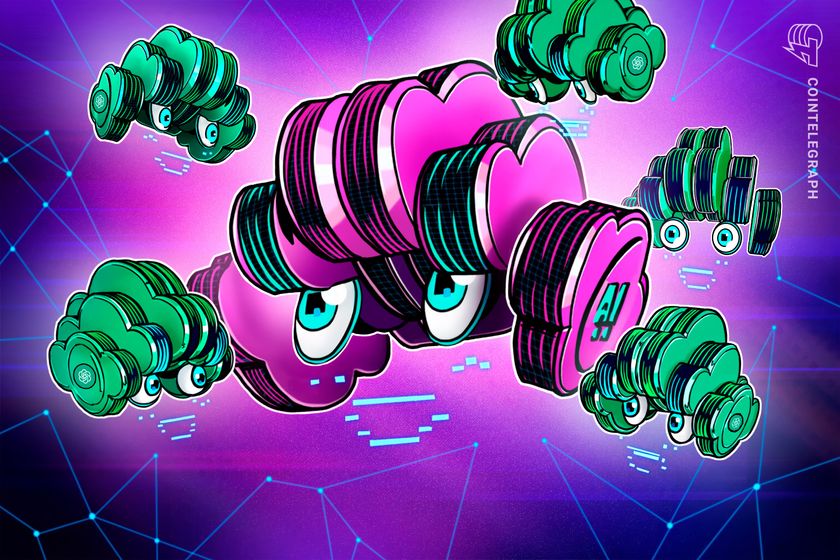The Evolution of 6G: What’s Next for Connectivity?
Introduction Picture a world where your phone grabs a whole movie in the blink of an eye, where you can chat with friends as if they’re standing right next to you, even if they’re on another continent, and where cars drive themselves so well that accidents are super rare. Sounds like a wild dream, right? That’s exactly what 6G, the next big leap in internet technology, is aiming to make real. We’re already speeding along with 5G, which lets us stream videos and play games without waiting, but 6G is like a rocket ready to launch us into a future of amazing connections. It’s not just about being fast—it’s about making everything around us smarter and closer together. In this blog, we’re going on a fun ride to discover what 6G is all about. We’ll explore how it’s different from 5G, the awesome things it could do, and the tricky stuff scientists need to figure out. With cool stories, easy-to-follow tips, and a sneak peek at what’s coming, this adventure into 6G will spark your imagination. Whether you’re into tech, school, or just love thinking about the future, let’s jump in and see where 6G takes us! What Is 6G, and Why Is It So Exciting? Let’s kick things off with the basics. 6G means “sixth generation” wireless technology, the next step after 5G, which is the speedy internet we use now for things like TikTok or online Minecraft battles. Every generation of wireless tech has made life better. Way back, 1G let us call people on clunky phones. 2G brought texting, 3G gave us the internet on the go, 4G made it fast for apps like Instagram, and 5G cut out annoying lags. Now, 6G is coming to shake things up even more. So, why’s 6G a big deal? For starters, it’s going to be crazy fast—maybe 100 times faster than 5G. Experts think it could hit speeds of 1 terabit per second, which is like downloading a whole Netflix library in seconds! But it’s not just speed. 6G will connect tons of stuff—your phone, your bike, even your backpack—in a super-smart way. Imagine a world where everything talks to each other instantly, making things like traffic or power outages way less annoying. This matters because 6G could change how we do everything. It might let you visit a virtual zoo in class, help doctors save people far away, or make gaming feel like stepping into another world. It’s like a superhero upgrade for the internet, and it’s got everyone buzzing with ideas. How Does 6G Compare to 5G? You might be thinking, “5G is already fast—why do we need 6G?” That’s a great question! 5G is awesome, but 6G is like 5G’s supercharged cousin with some extra tricks. Let’s break down what makes 6G stand out. First, speed. 5G can download a big game in a couple of minutes, but 6G could do it in a heartbeat. It’ll use something called terahertz waves, which are like super-wide roads for data, carrying way more info at once. Scientists say 6G could move data 100 times faster than 5G—wild, right? Second, 6G will have almost no delay. 5G’s delay (called latency) is about 1 millisecond, which is pretty quick. But 6G aims to make it so close to zero you won’t notice it. This is huge for stuff like self-driving cars or remote surgeries, where even a tiny pause could cause problems. Third, 6G can handle way more devices. 5G connects thousands of gadgets in one place, like a mall. 6G could link millions, making things like smart cities possible, where streetlights, buses, and even trash cans work together to keep things smooth. Lastly, 6G will be brainier. It’ll use artificial intelligence (AI) to send data in the smartest, most energy-saving way. So, while 5G opened a big door, 6G is ready to build a whole new house! What Amazing Things Will 6G Bring? Now for the really fun part—what can 6G do for us? The ideas are so cool they sound like they’re from a futuristic cartoon. Let’s check out some of the awesome stuff 6G might make happen. One big thing is holographic calls. Imagine FaceTiming your best friend and seeing them as a 3D hologram, like they’re chilling in your room. 6G’s speed and no-delay power could make this real, turning boring calls into something magical. Then there are smart cities. 6G could let cities have sensors everywhere, talking to each other to fix problems fast. Picture no more traffic jams because your car knows the best route, or streetlights that dim to save energy when no one’s around. Gaming will level up too. With 6G, virtual reality (VR) games could feel so real you’d think you’re actually flying a spaceship or exploring a jungle. Every move would be instant, no lag to mess up your vibe. For school, 6G could mean virtual field trips to places like ancient Egypt, where you walk through pyramids with classmates from across the world. It could also bring internet to kids in far-off places, so everyone gets to learn. Health gets a boost too. 6G might let doctors control robots to do surgeries from anywhere, helping people in tiny towns. It’s like giving the

Introduction
Picture a world where your phone grabs a whole movie in the blink of an eye, where you can chat with friends as if they’re standing right next to you, even if they’re on another continent, and where cars drive themselves so well that accidents are super rare. Sounds like a wild dream, right? That’s exactly what 6G, the next big leap in internet technology, is aiming to make real. We’re already speeding along with 5G, which lets us stream videos and play games without waiting, but 6G is like a rocket ready to launch us into a future of amazing connections. It’s not just about being fast—it’s about making everything around us smarter and closer together.
In this blog, we’re going on a fun ride to discover what 6G is all about. We’ll explore how it’s different from 5G, the awesome things it could do, and the tricky stuff scientists need to figure out. With cool stories, easy-to-follow tips, and a sneak peek at what’s coming, this adventure into 6G will spark your imagination. Whether you’re into tech, school, or just love thinking about the future, let’s jump in and see where 6G takes us!
What Is 6G, and Why Is It So Exciting?
Let’s kick things off with the basics. 6G means “sixth generation” wireless technology, the next step after 5G, which is the speedy internet we use now for things like TikTok or online Minecraft battles. Every generation of wireless tech has made life better. Way back, 1G let us call people on clunky phones. 2G brought texting, 3G gave us the internet on the go, 4G made it fast for apps like Instagram, and 5G cut out annoying lags. Now, 6G is coming to shake things up even more.
So, why’s 6G a big deal? For starters, it’s going to be crazy fast—maybe 100 times faster than 5G. Experts think it could hit speeds of 1 terabit per second, which is like downloading a whole Netflix library in seconds! But it’s not just speed. 6G will connect tons of stuff—your phone, your bike, even your backpack—in a super-smart way. Imagine a world where everything talks to each other instantly, making things like traffic or power outages way less annoying.
This matters because 6G could change how we do everything. It might let you visit a virtual zoo in class, help doctors save people far away, or make gaming feel like stepping into another world. It’s like a superhero upgrade for the internet, and it’s got everyone buzzing with ideas.
How Does 6G Compare to 5G?
You might be thinking, “5G is already fast—why do we need 6G?” That’s a great question! 5G is awesome, but 6G is like 5G’s supercharged cousin with some extra tricks. Let’s break down what makes 6G stand out.
First, speed. 5G can download a big game in a couple of minutes, but 6G could do it in a heartbeat. It’ll use something called terahertz waves, which are like super-wide roads for data, carrying way more info at once. Scientists say 6G could move data 100 times faster than 5G—wild, right?
Second, 6G will have almost no delay. 5G’s delay (called latency) is about 1 millisecond, which is pretty quick. But 6G aims to make it so close to zero you won’t notice it. This is huge for stuff like self-driving cars or remote surgeries, where even a tiny pause could cause problems.
Third, 6G can handle way more devices. 5G connects thousands of gadgets in one place, like a mall. 6G could link millions, making things like smart cities possible, where streetlights, buses, and even trash cans work together to keep things smooth.
Lastly, 6G will be brainier. It’ll use artificial intelligence (AI) to send data in the smartest, most energy-saving way. So, while 5G opened a big door, 6G is ready to build a whole new house!
What Amazing Things Will 6G Bring?
Now for the really fun part—what can 6G do for us? The ideas are so cool they sound like they’re from a futuristic cartoon. Let’s check out some of the awesome stuff 6G might make happen.
One big thing is holographic calls. Imagine FaceTiming your best friend and seeing them as a 3D hologram, like they’re chilling in your room. 6G’s speed and no-delay power could make this real, turning boring calls into something magical.
Then there are smart cities. 6G could let cities have sensors everywhere, talking to each other to fix problems fast. Picture no more traffic jams because your car knows the best route, or streetlights that dim to save energy when no one’s around.
Gaming will level up too. With 6G, virtual reality (VR) games could feel so real you’d think you’re actually flying a spaceship or exploring a jungle. Every move would be instant, no lag to mess up your vibe.
For school, 6G could mean virtual field trips to places like ancient Egypt, where you walk through pyramids with classmates from across the world. It could also bring internet to kids in far-off places, so everyone gets to learn.
Health gets a boost too. 6G might let doctors control robots to do surgeries from anywhere, helping people in tiny towns. It’s like giving the world a tech-powered hug!
How Does 6G Work? The Science Made Simple
Let’s dig into how 6G will pull off these amazing feats. Don’t worry—it’s not as complicated as it sounds! At its heart, 6G is about sending data through the air using radio waves, like Wi-Fi or 5G. But 6G has some special tricks to make it faster and smarter.
First, it uses terahertz waves. These are super high-frequency waves that can carry tons of data, like a giant truck hauling info. The downside? They don’t travel far and get blocked by stuff like walls. So, scientists are designing tiny antennas to catch and send these waves, maybe even putting them on drones or satellites.
Second, 6G loves artificial intelligence. AI will act like a super-smart guide, picking the best paths for data to avoid internet traffic jams. It’ll also help save energy, which is great for the planet.
Third, there’s something called network slicing. This lets 6G create mini-networks for different things—one for your phone, another for a smart factory, and so on. Each gets exactly what it needs, so nothing slows down.
Finally, 6G might team up with satellites to cover the whole world, even places like deserts or oceans. It’s like building a giant web that connects everyone, everywhere, all at once.
What Challenges Are Blocking 6G?
Making 6G real isn’t easy—it’s like solving a giant puzzle with missing pieces. Scientists and engineers have some tough problems to crack. Let’s look at the biggest ones.
One hurdle is those terahertz waves. They’re fast but fussy, stopping short if they hit a building or tree. To fix this, we’ll need thousands of small antennas everywhere—on lampposts, buses, even balloons. Setting that up costs a lot and takes years.
Energy is another worry. 6G will connect billions of gadgets, and all that data needs power. If we’re not smart, it could harm the environment. Researchers are exploring green ideas, like solar-powered antennas or AI that cuts energy use.
Security is a big deal too. With 6G linking your phone, car, and even your fridge, hackers could try to sneak in. We’ll need super-strong digital locks to keep everything safe, and that’s not easy to build.
Money matters as well. Developing 6G costs billions, and companies need to team up to pay for it. Plus, we have to make sure poorer countries aren’t left out, which means finding fair ways to share the tech.
Lastly, rules are tricky. Countries need to agree on how to use terahertz waves so signals don’t get mixed up. It’s like making sure everyone follows the same playbook. These challenges are tough, but they’re worth solving for 6G’s magic.
A Peek at 6G’s Early Steps
While 6G is still a work in progress, some folks are already playing with its ideas. Picture a coder in a busy city, tapping away at a laptop. In London, one developer is diving into application development in London as a weekend project, building a small program to test 6G data streams. It’s not a fancy app yet—just a way to see how fast and smooth 6G could be. Maybe they’re imagining future apps for holographic chats or smart city maps. It’s a tiny step, but it’s exciting because thousands of people like them are tinkering too, each adding a spark to 6G’s fire. From labs to living rooms, these early efforts show how big ideas start small, and 6G’s future is being shaped one curious mind at a time.
How Will 6G Change Your Daily Life?
Let’s imagine a day with 6G—it’s going to feel like living in a sci-fi movie! Here’s how it could make your routine way cooler.
When you wake up, your alarm talks to your kitchen, so your toast pops up just as you stumble in. Your smart mirror checks the weather (thanks to 6G’s instant sensor connections) and suggests a jacket because it’s chilly.
Heading to school or work, your self-driving car zips through town, chatting with traffic lights and other cars via 6G to avoid jams. It’s like having a superhero driver who never gets lost.
At school, 6G powers a virtual reality lesson where you explore the Great Barrier Reef, swimming with fish so real you almost feel wet. After class, you join a VR game with friends worldwide, and 6G’s zero lag makes every dodge and dash perfect.
Later, you call your grandma, and she appears as a hologram, sharing cookies like she’s right there. At home, your fridge notices you’re out of juice and orders more before dinner. 6G makes all this seamless, turning your day into a breeze of smart, connected fun.
Tips to Prepare for the 6G World
6G is still a few years away—probably around 2030—but you can get ready now to jump in when it arrives. Here are some easy ways to be 6G-ready.
First, get curious about tech. You don’t need to code like a pro, but learning how stuff like AI or networks works is a great start. Check out free websites like Khan Academy or watch tech videos online—it’s like a treasure hunt for knowledge.
Second, try virtual reality. 6G will make VR huge, so grab a headset if you can and play a game or visit a virtual museum. It’s practice for the wild VR worlds 6G will bring.
Third, focus on safety. 6G will connect everything, so protecting your info is key. Start using strong passwords (mix letters, numbers, and symbols) and ask your parents about things like two-step verification.
Fourth, pick up new skills. 6G will create jobs like designing smart city systems or hologram apps. Try a little coding on Scratch or learn about robotics—small steps now could lead to big opportunities.
Finally, dream big. Think about how you’d use 6G—maybe a VR classroom or a robot pet? Staying excited keeps you ready for whatever comes next.
Where Is 6G Heading Now?
So, what’s the latest with 6G? It’s still in the early days, like a cake that’s just starting to bake. Let’s see what’s cooking and where things are going.
Right now, scientists are testing terahertz waves to figure out how to make them zip through cities and countryside. Labs in places like South Korea, Finland, and the U.S. are buzzing with experiments, trying new antennas and tricks to keep signals strong.
Big companies are jumping in too. Brands like Ericsson, Samsung, and Apple are spending billions to build 6G ideas. They’re setting up test networks to see how 6G handles crowds, like at a soccer game, or quiet spots, like a farm.
Governments are helping out by picking special frequencies for 6G, kind of like reserving lanes for a highway. They’re also giving money to make sure 6G reaches everyone, not just big cities.
By 2026, we might see early 6G demos, like a holographic call or a super-fast download. Around 2028, companies could start building 6G towers, and by 2030, it might be on your phone. It’s a long journey, but every test and trial gets us closer to a connected future.
Conclusion
As we wrap up our dive into 6G, it’s clear this tech is set to light up our world. From holograms that make faraway friends feel close to cities that run like clockwork, 6G promises a future where connections are faster, smarter, and everywhere. It’s way more than 5G’s speedy cousin—it’s a bold step toward a planet where your phone, car, and even your shoes work together to make life awesome. Yes, there are bumps to smooth out, like tricky waves, power needs, and keeping hackers out, but the world’s brightest minds are on it.
What’s so great about 6G is that it’s for everyone. Whether you’re dreaming of VR adventures, studying for a test, or just wanting an easier commute, 6G has a spot for you. So, keep learning, stay curious, and imagine how you’ll use this tech. The 6G wave is coming—get ready to ride it and make the future your own!












































































































































































![[The AI Show Episode 143]: ChatGPT Revenue Surge, New AGI Timelines, Amazon’s AI Agent, Claude for Education, Model Context Protocol & LLMs Pass the Turing Test](https://www.marketingaiinstitute.com/hubfs/ep%20143%20cover.png)















































































































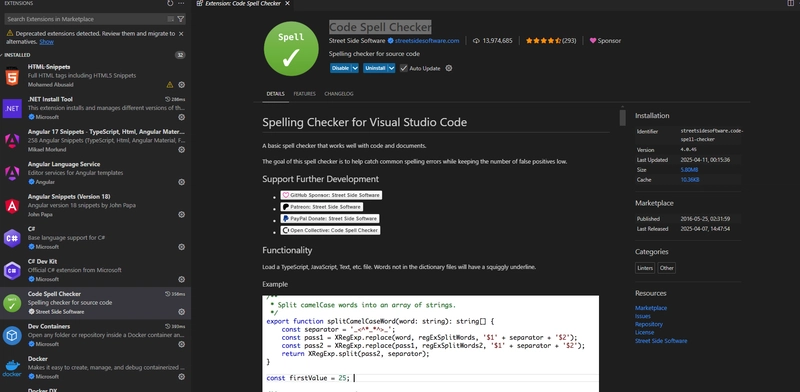










![[DEALS] Microsoft Visual Studio Professional 2022 + The Premium Learn to Code Certification Bundle (97% off) & Other Deals Up To 98% Off](https://www.javacodegeeks.com/wp-content/uploads/2012/12/jcg-logo.jpg)



![From Accountant to Data Engineer with Alyson La [Podcast #168]](https://cdn.hashnode.com/res/hashnode/image/upload/v1744420903260/fae4b593-d653-41eb-b70b-031591aa2f35.png?#)




































































































.png?#)























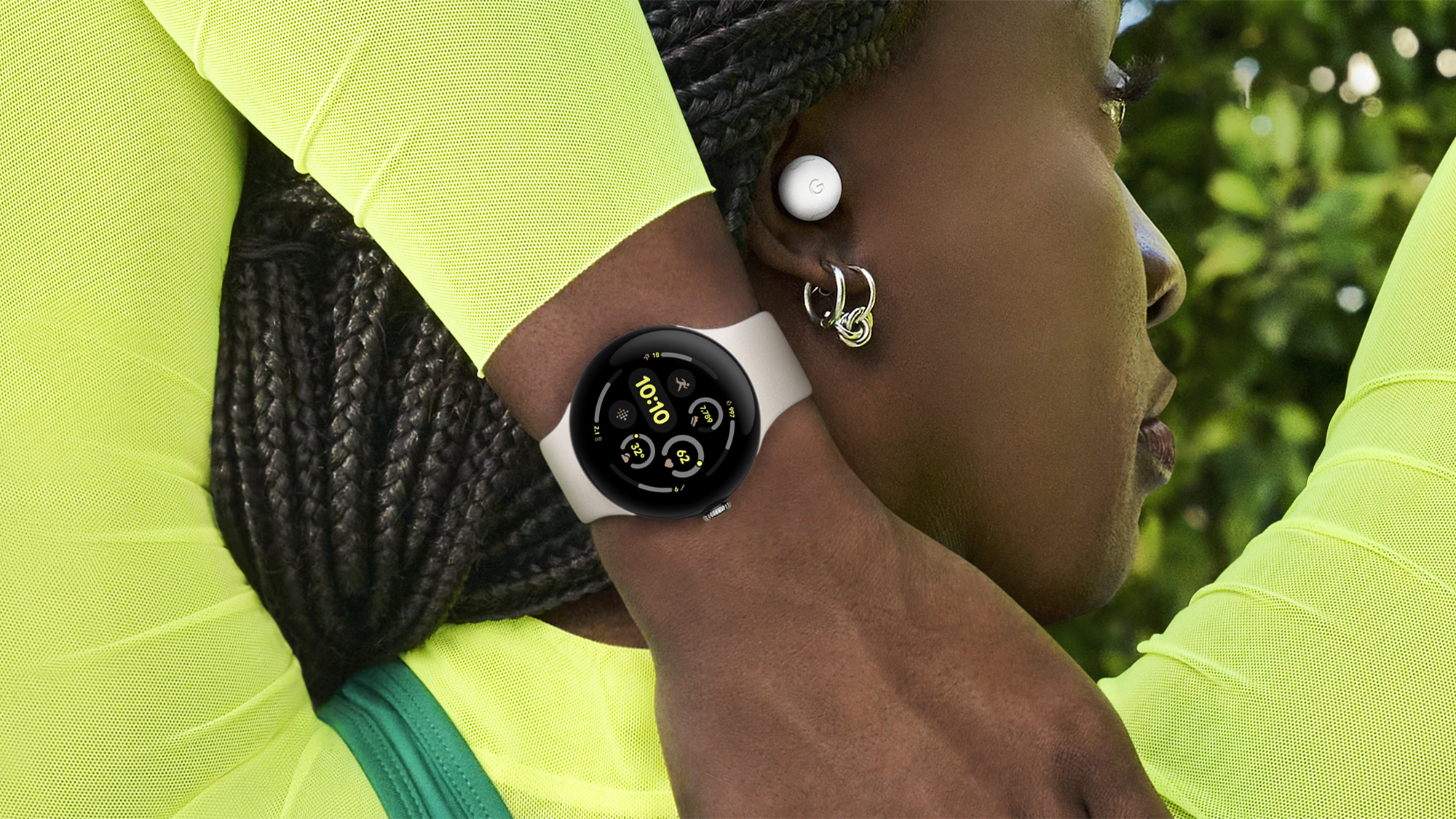






























































































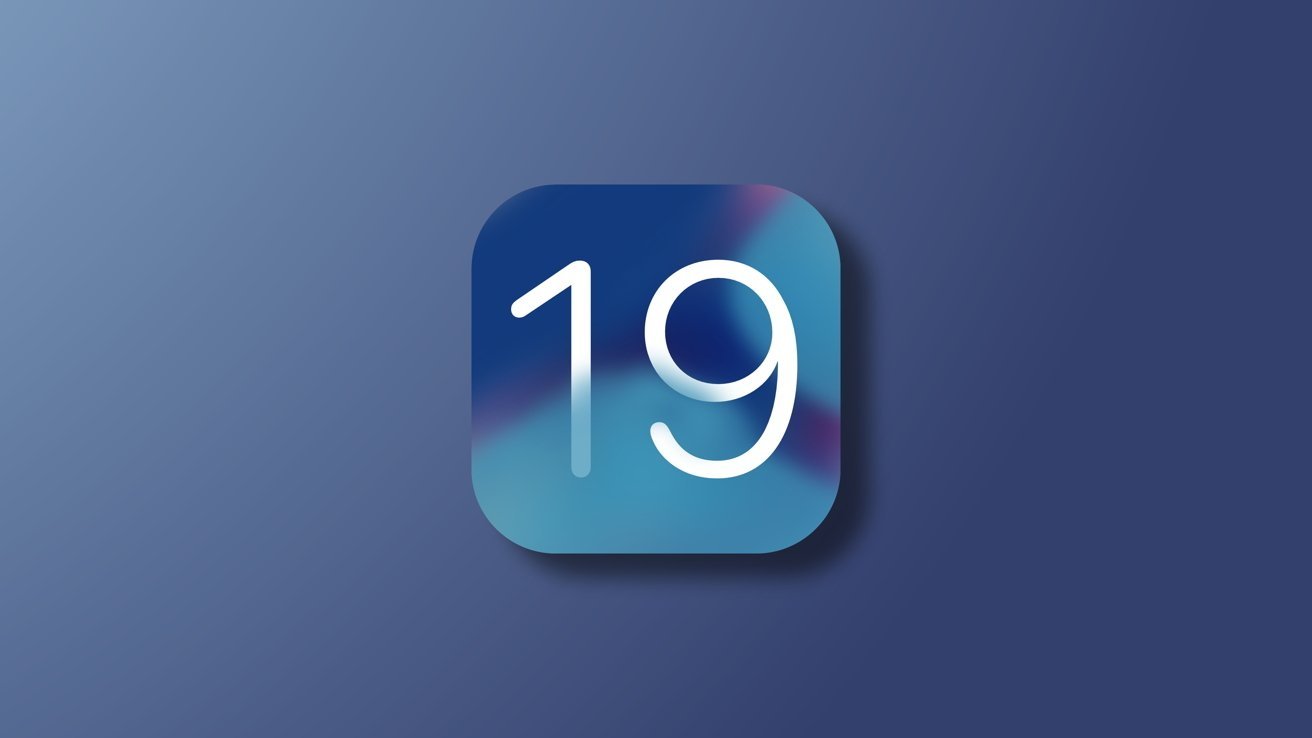






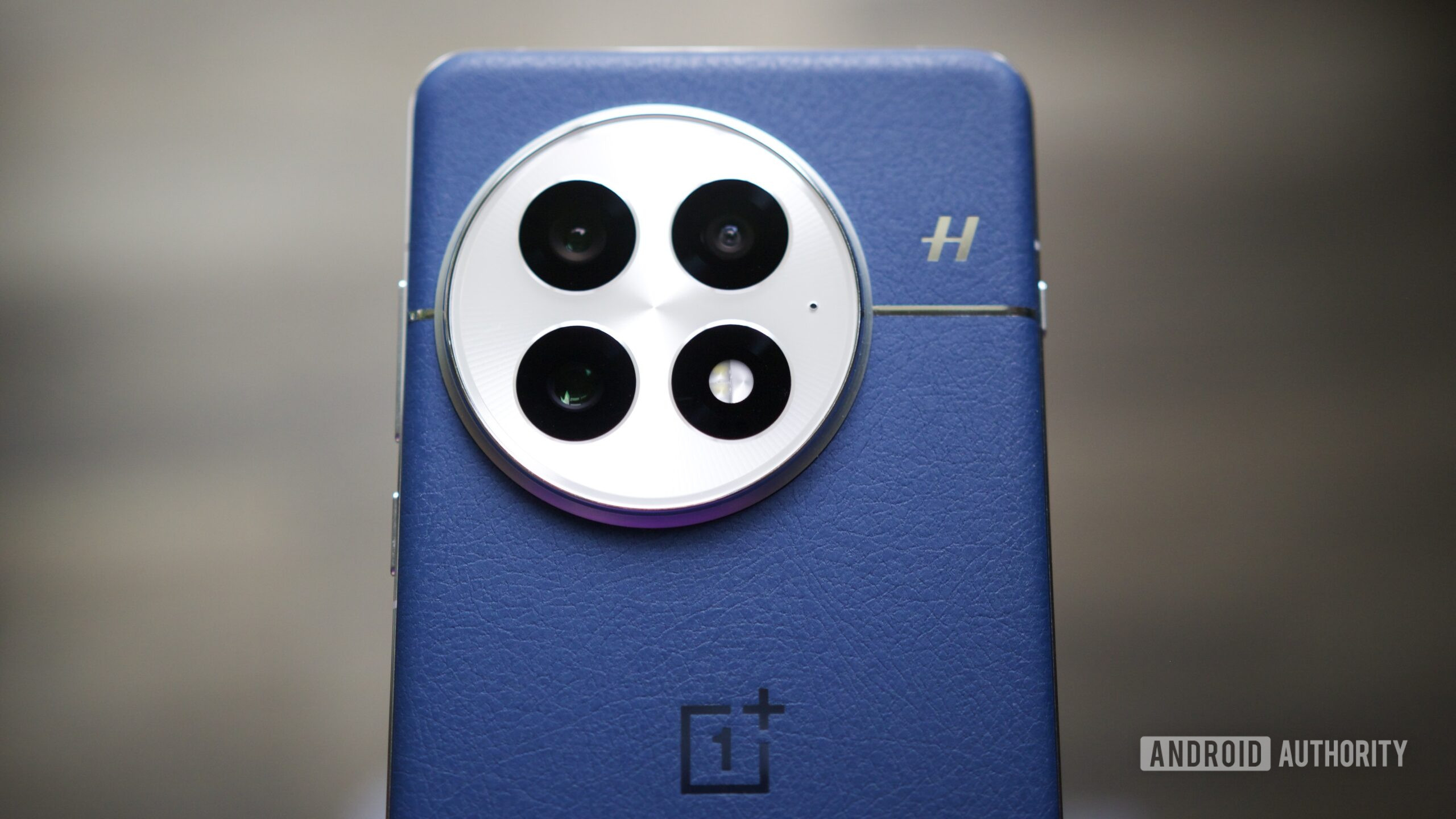















![Apple Watch SE 2 On Sale for Just $169.97 [Deal]](https://www.iclarified.com/images/news/96996/96996/96996-640.jpg)

![Apple Posts Full First Episode of 'Your Friends & Neighbors' on YouTube [Video]](https://www.iclarified.com/images/news/96990/96990/96990-640.jpg)



































































































